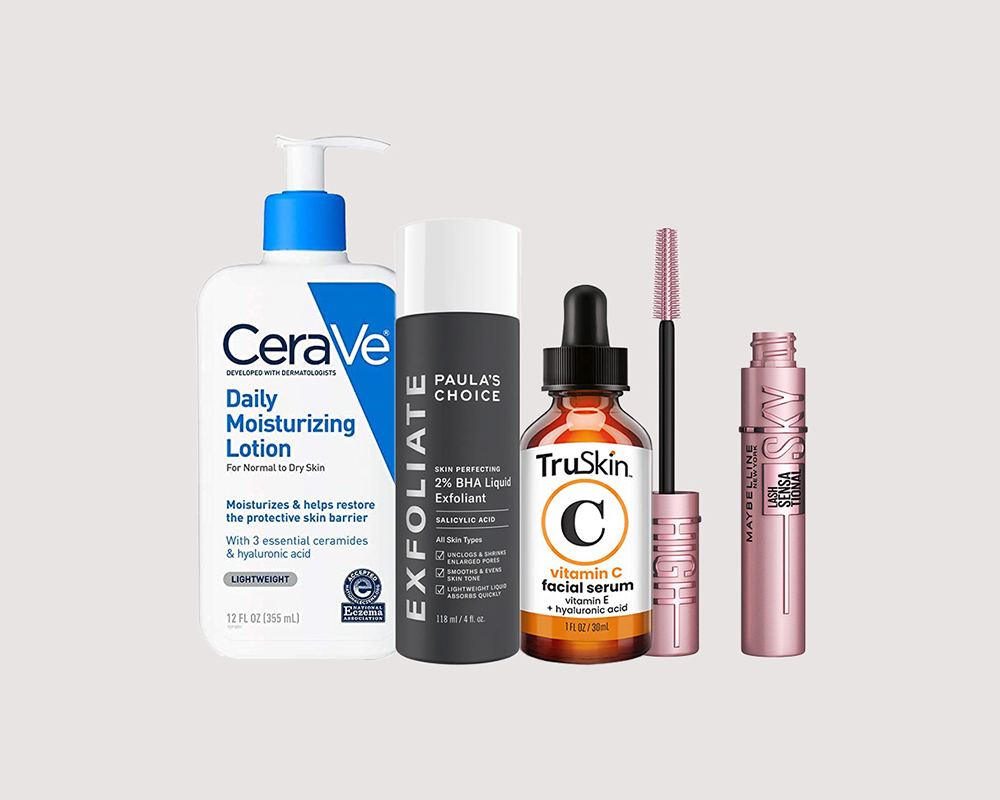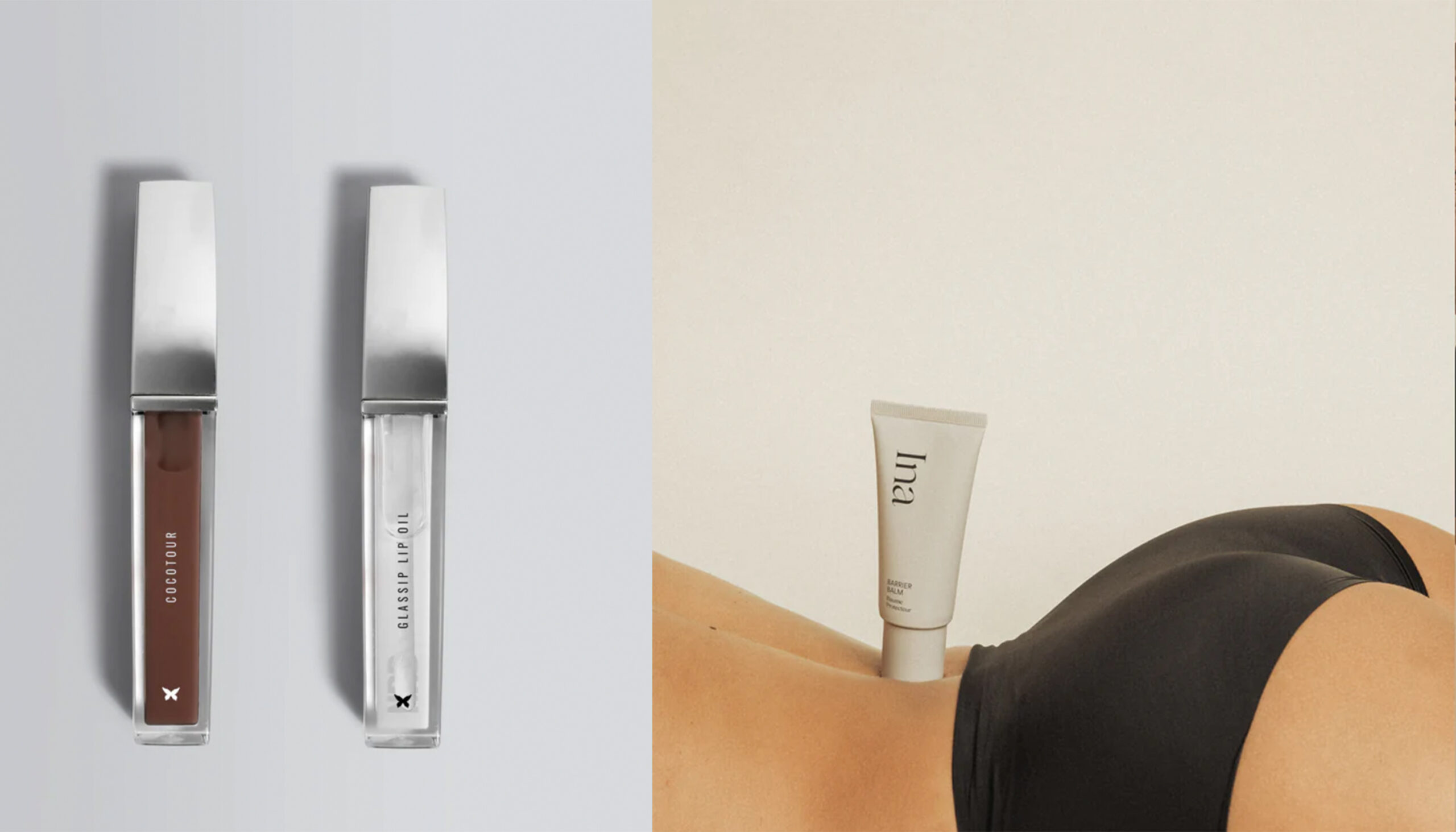There is so much emotion tied into our hair— whether we wear it long, short, natural textured or color-treated, we don’t call it our “crowning glory” for nothing. Despite the importance we place on our hair, the fact remains that nearly 30 million women live with hair loss or thinning hair. For many, hair loss is directly linked to genetics, but other factors like diet, illness, stress and aging can exacerbate the problem. Rather than letting this issue affect our self-esteem and how we see ourselves, there is now a myriad of options for getting back to our healthy hair roots.
You May Also Like: FDA-Approved Skin Care Drug Found to Reverse Severe Hair Loss
Ways to Get Thicker Hair
Hair growth can significantly decrease due to many factors, which results in thinning and hair loss. When hair follicles temporarily stop growing and begin to shed, it’s usually because they’ve been exposed to certain stressors. As hair gets thinner over time, it’s due to the follicles producing finer hairs over consecutive cycles. The diameter of the hair fiber then becomes thinner and the growth cycle becomes shorter. Here are four ways top hair-restoration experts are helping patients combat the problem.
The At-Home Device
At-home light therapy caps provide low-level laser therapy (LLLT) by using light at specific wavelengths to promote blood circulation in the scalp.
Who It’s For: Those seeking a gradual solution
Who It’s Not For: “Pregnant women and patients with diabetes, epilepsy, thyroid gland disorders or cancer,” explains Beverly Hills, CA hair transplant surgeon Dr. Craig L. Ziering.
What to Expect: LLLT brings fresh oxygen and nutrients to the scalp to nourish it at the follicular level, promoting new hair growth and thicker hair texture. Handheld tools can be used at home, but it is always advisable to undergo light therapy under the supervision of a hair-restoration expert. “LLLT is designed to improve follicle function and reverse the effects of hair loss by helping the follicles produce thicker, longer, healthier and improved pigmented hair,” says Dr. Ziering.
The All-Natural Route
The popularity of using platelet-rich plasma (PRP) to treat hair loss is largely due to the protocol’s minimally invasive technique of using the patient’s own growth factors and body nutrients.
Who It’s For: “Anyone suffering from androgenetic alopecia for less than three to five years,” advises Englewood Cliffs, NJ dermatologist Jeffrey Rapaport, MD.
Who It’s Not For: “Patients who have any underlying medical causes of hair loss such as an autoimmune disease, iron deficiency, anemia or a hormonal abnormality,” says Beverly Hills, CA dermatologist Ava Shamban, MD. “Also, people who have a scalp disease such as a scarring alopecia.”
What to Expect: PRP entails drawing 11 or 22 milliliters of blood, spinning down the plasma in a special centrifuge, extracting the PRP, and then injecting it into the subdermal areas of the scalp. “I combine this treatment with an oral supplement, Nutrafol, and a proprietary topical and low-energy laser treatment,” says Dr. Shamban. After the treatment, Dr. Rapaport recommends patients “go home and take a hot shower, shampoo and massage the scalp, and avoid using chemicals, color or hair fibers for 24–48 hours afterward.” While some published results appear encouraging, there can be variability in technique and outcome. According to Dr. Ziering, “I combine PRP with Acell, at my practice, and when done every 12 to 18 months, PRP slows down shedding, stabilizes hair loss and promotes overall hair quality and health.”
The RX or OTC Method
Hair-loss medications work to block the hormones that lead to hair miniaturization.
Who They’re For: A doctor will advise whether prescription birth control pills, spironolactone or, for post-menopausal women, finasteride (aka Propecia), is best. Topical minoxidil (found in Rogaine) up to 5 percent has been approved for OTC use for women.
Who They’re Not For: Finasteride isn’t recommended for women who haven’t gone through menopause; topical minoxidil can cause scalp irritation.
What to Expect: During the first few weeks of treatment, additional shedding may occur as hair switches from a dormant to active phase. Maximum results can be seen by 12 months. “I always recommend patients stay on Rogaine and Propecia, even after a hair transplant, because it will only further nourish the other native hairs that may have a proclivity to thin and miniaturize,” says Beverly Hills, CA facial plastic surgeon Natalie Attenello, MD.
The Modern-Day Transplant
Hair-restoration surgery is the only permanent option to treat hair loss. Whereas other treatments work to slow hair loss, surgery helps place hair where there isn’t any. “Surgery should be the last resort if all attempts to slow down or stop the progression of hair loss have been exhausted,” says Dr. Ziering. “It’s also important to note that nonsurgical approaches can be combined with surgical protocols for a more integrated approach to treating hair loss.”
Who It’s For: Those with hair loss attributed to genetic/hormonal issues, or from scarring or surgery
Who It’s Not For: Those with severe keloid scarring or scarring alopecia
Procedure Time: Approximately eight hours, depending on the procedure
Recovery Time: About one week
What to Expect: The donor site (at the back of the scalp) is anesthetized and a strip of hair containing the follicles is removed, which are then harvested under a microscope and the hairs are divided into follicular units, or groups of one, two or three hairs; or the donor site can be shaved and follicles removed one by one via fue. The areas where the units will be transplanted are also anesthetized and the transplanted hair is placed.
Post-Surgery: Minor discomfort and swelling may occur, but subsides after a few days. Scabbing at the transplant site is common. “The first three days post-op, I recommend applying ice, massaging periodically and sleeping at a 45-degree angle to avoid forehead edema,” says Dr. Ziering. “Also, no sun exposure for at least three months to avoid risk of hyperpigmentation.” Some growth can be seen at three months; more growth will be visible in six to nine months. “The transplanted hairs quickly become ‘rooted’ into the scalp, and after a short resting period of a few months, they begin to grow permanently for the rest of your life,” says Dr. Attenello.
The Life Cycle of Hair Growth
Phase 1: Hair Starts Growing
Known as the anagen phase, this is when cells in the root divide and create new hair at the base of the follicle, which pushes the previous strand out. Hair grows close to the scalp and extends down as it continues to grow.
Phase 2: Hair Takes a Break
The catagen phase is when hair begins to transition after it reaches maximum growth capacity and “takes a break.” At this stage it’s still attached to the root, but it stops growing and prepares to fall out and renew itself.
Phase 3: Hair Is at Rest
Called the telogen phase, this is when hair is at rest, and then eventually it is released and falls out. Afterward, the follicle remains inactive for three months and the entire cycle begins again.
Enviable Lashes and Brows
It just takes one Instagram scroll to see that long lashes and thick brows are two of the most covetable features on the face. But just as hair on our heads start to thin, so can our lashes and brows.
Eyebrows
Whether the cause of thinning brows is years of plucking, waxing, tweezing or threading, or they’re just thinning out on their own, there are solutions. To permanently enhance sparse eyebrows or bald patches due to a medical condition, medication or the aging process, an eyebrow transplant may be the best option. During the procedure, the doctor will use local anesthesia to remove donor hair from the back of the head and transplant it to the eyebrows. Once the area is fully healed, it will be nearly impossible to locate the scar.
What to Expect: After surgery, the area may be sore or swollen. During the first few days, scabbing or crusting may occur around the hair follicle in the brow line. Sutures at the donor site will be removed after one week.
Procedure Time: Around two hours
Recovery Time: Three to seven days
Eyelashes
Aging can cause the eyelashes to become weak and prone to breakage, making them look short, thin or sparse. An eyelash transplant can permanently restore the hair. Eyelash restoration surgery can lengthen lashes and jump-start a healthy growth cycle, but it can’t make lashes thicker or fuller like mascaras and false eyelashes. It’s more for replacing what’s lost.
What to Expect: The surgery, which can only be done on the upper lashes, uses small grafts of donor hair from the scalp. In the first few days after surgery, the areas may crust, swell or become pink. It can take two months for hair to begin growing and one year to see the final result.
Procedure Time: Two to four hours
Recovery Time: Three to seven days

















